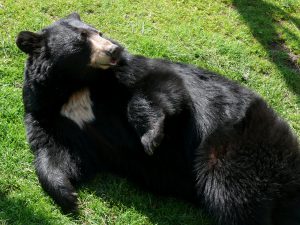
When people imagine poaching, they probably envision tropical, foreign lands with gunman hunting elephants and rhinos for their tusks and horns. But wildlife crime is a global pandemic, having risen to the fourth highest-grossing illegal activity in the world. According to one report released in 2016, total revenue reached $256 billion. This effects species and people from countless countries in the world, including Canada.
The rise of eastern Asian economies has driven up the price for rhino horn, wherein Vietnam especially, it is used for medicine, an aphrodisiac, and a party drug.
Sheldon Jordan, the director-general of wildlife enforcement at Environment and Climate Change Canada, who also works with Interpol to fight against wildlife crime, said this brand of illegal activity is a massive problem.
“If you were stopped with this rhino horn in your luggage at the airport, it would be seized and you would be fined… with [this much] cocaine in your luggage, the punishment would be far more severe,” he said. “People don’t take wildlife crime seriously. They think animals will keep reproducing.” – Sheldon Jordan, the director-general of wildlife enforcement at Environment and Climate Change Canada
This problem is not just one for remote countries. Demand for elephant horn globally also has driven up the rice for narwhal tusk, whose population partially resides within Canadian Arctic waters. Black bears, which can be legally hunted in Canada with a permit, are a particularly prized source of medicinal ingredients; their gallbladder is popular in Asian medicines. This had led to thriving wildlife crime in Canada.
Want to read more about the work of Sheldon Jordan and Interpol to prevent wildlife crime both in Canada and around the world? Check out David Hayes’ article « The Tangled Web » in Canadian Wildlife magazine, Nov + Dec 2016 edition.


